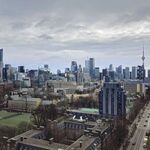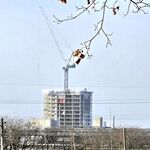Rainforest
Senior Member
The Expo line in Vancouver now deemed to have an ultimate capacity of 25,000-31,000 pphpd using 5-cars train with 75-93s headway. I wouldn't say it is much lower.
Yes, this is pretty close to Toronto subway's capacity. However, ICTS projects that I heard of in the Toronto context all had much lower capacity.
I suppose you can build a line that uses SkyTrain technology but aims at subway capacity. I just don't see how the SkyTrain technology will magically result in a better capacity / cost ratio than a conventional subway (which can use ATO, too).
Last edited:





